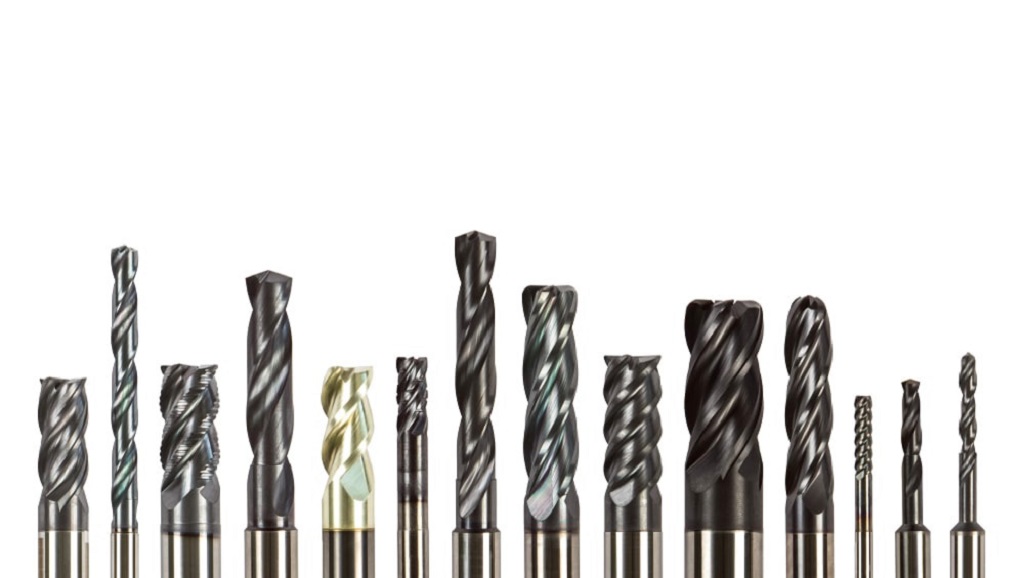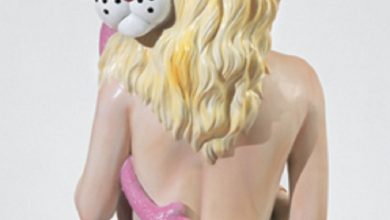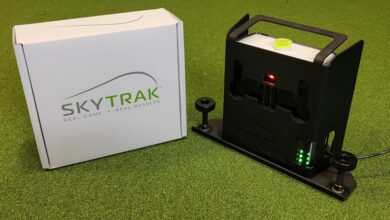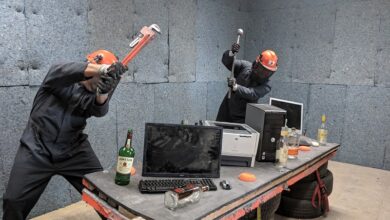
A drill bit is used to remove materials and create a hole. The bits operate when they are attached to a drilling machine. They come in many sizes and shapes and can be used to drill into different materials. Here is some basic information about metal industrial drill bits, such as the ones USDrill produces.
Center Bits
These are commonly known as combined drill and countersink bits. Center bits are used in metalworking to start a hole. They are also used to make a slight indentation so a project can be mounted onto a lathe center. These bits leave behind a small conical hole. You can find them in sizes 00 to 10.
Core Bits
There are two different types of core bits. The most common type is a solid shaft that is used to enlarge or create a hole. The other is a hollow cylindrical type that cuts around a piece of material to create a removable core known as an extracting bit.
Countersink Bits
These bits are typically used to create a space so that a nail or screw head can sit flush against a surface. They are also commonly used to remove burrs from other machining techniques. Countersink bits create a conical hole.
Ejector Bits
These have a special carbide cutter at the point. The shaft is one tube inside of another. Water travels between these tubes to cool the cutting point. Any chips from the materials being drilled are ejected out of the center. Ejector bits are used for drilling holes that are medium or large diameters.
Left-Hand Bits
Left-hand bits are commonly found in the engineering industry as core bits. They allow a machining shop to continue operating if a spindle cannot be reversed or employees are safer using a drill left-handed. As CNC machines become more common, these bits will see a decline in popularity.
There are many different types of metal industrial drill bits available. Each one has a unique purpose in the machining industry.





